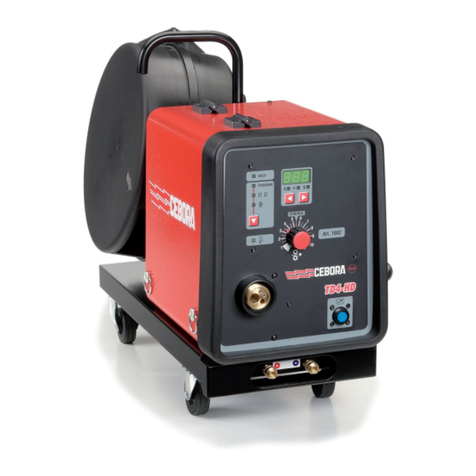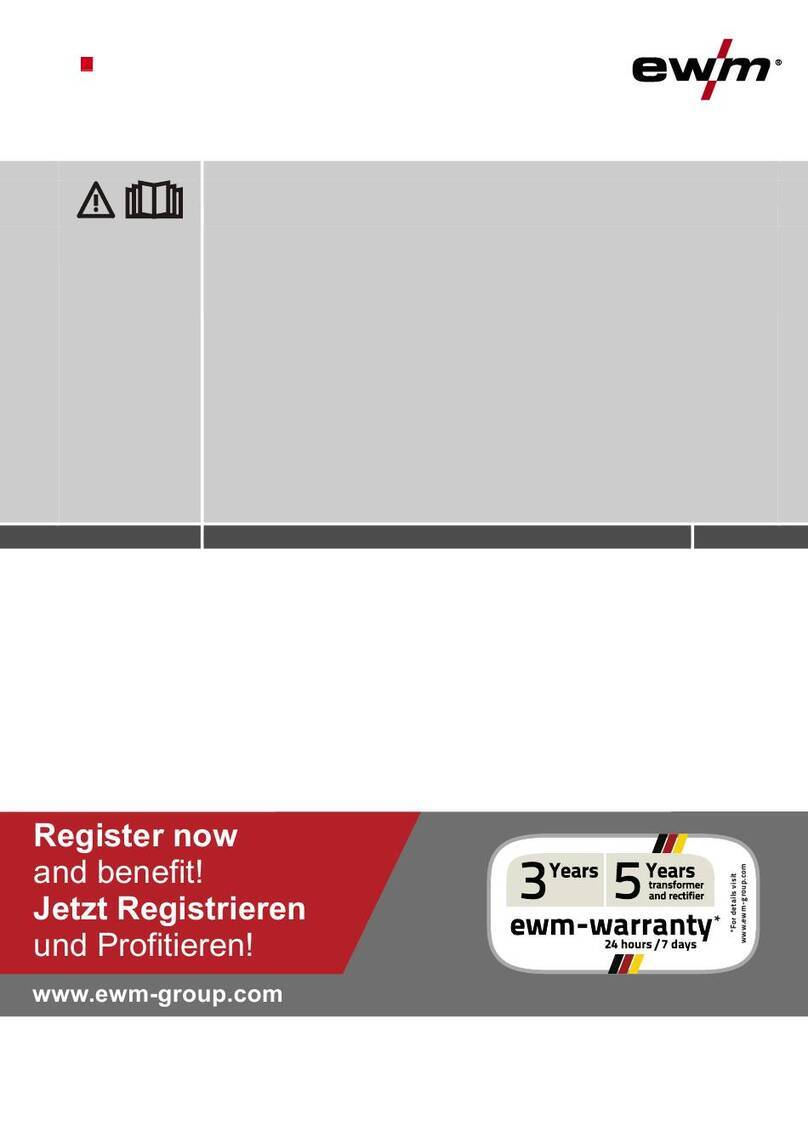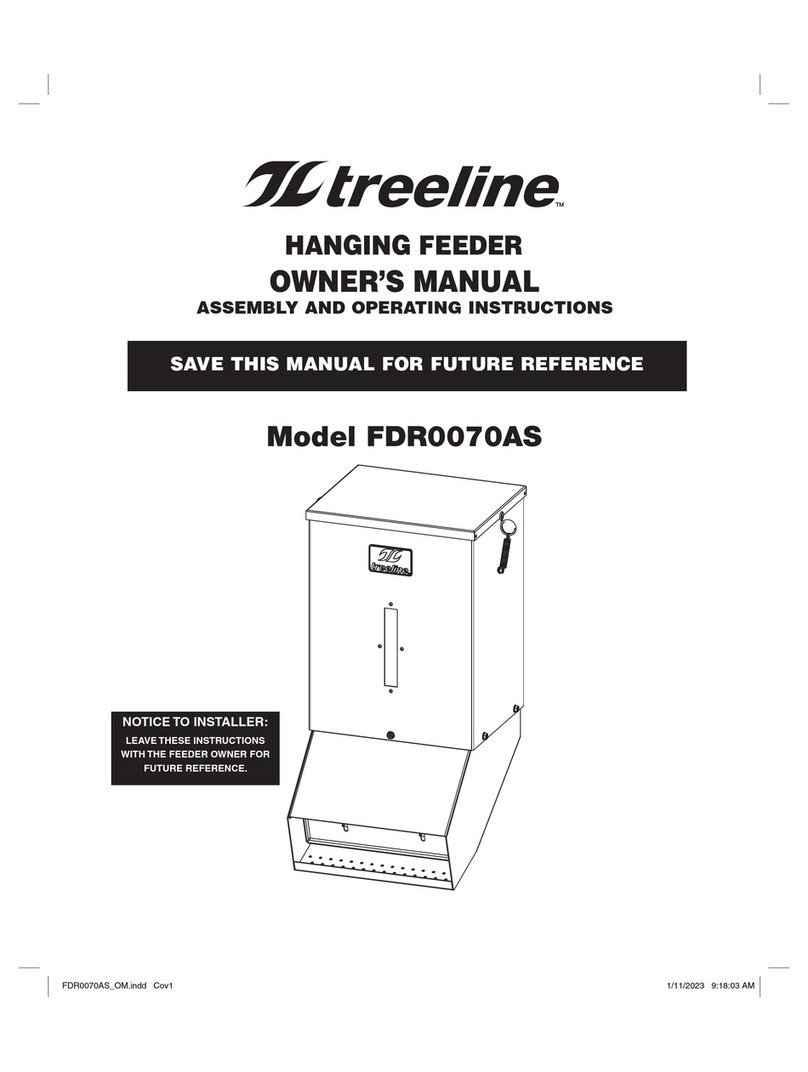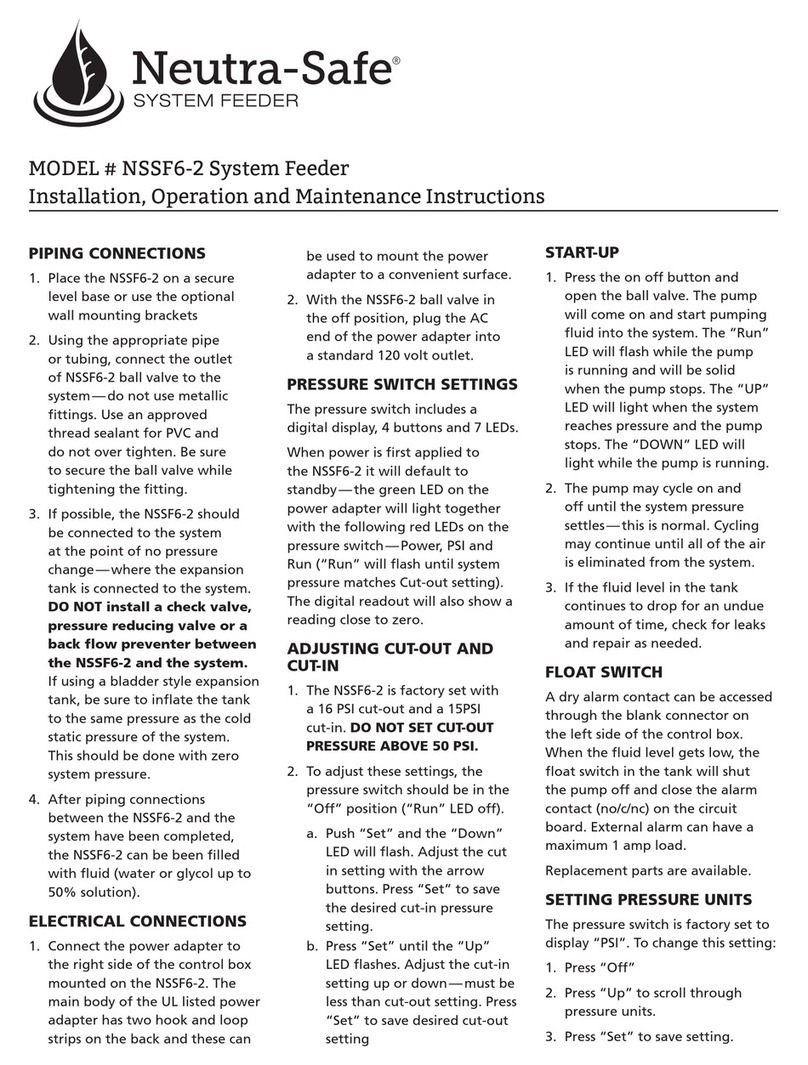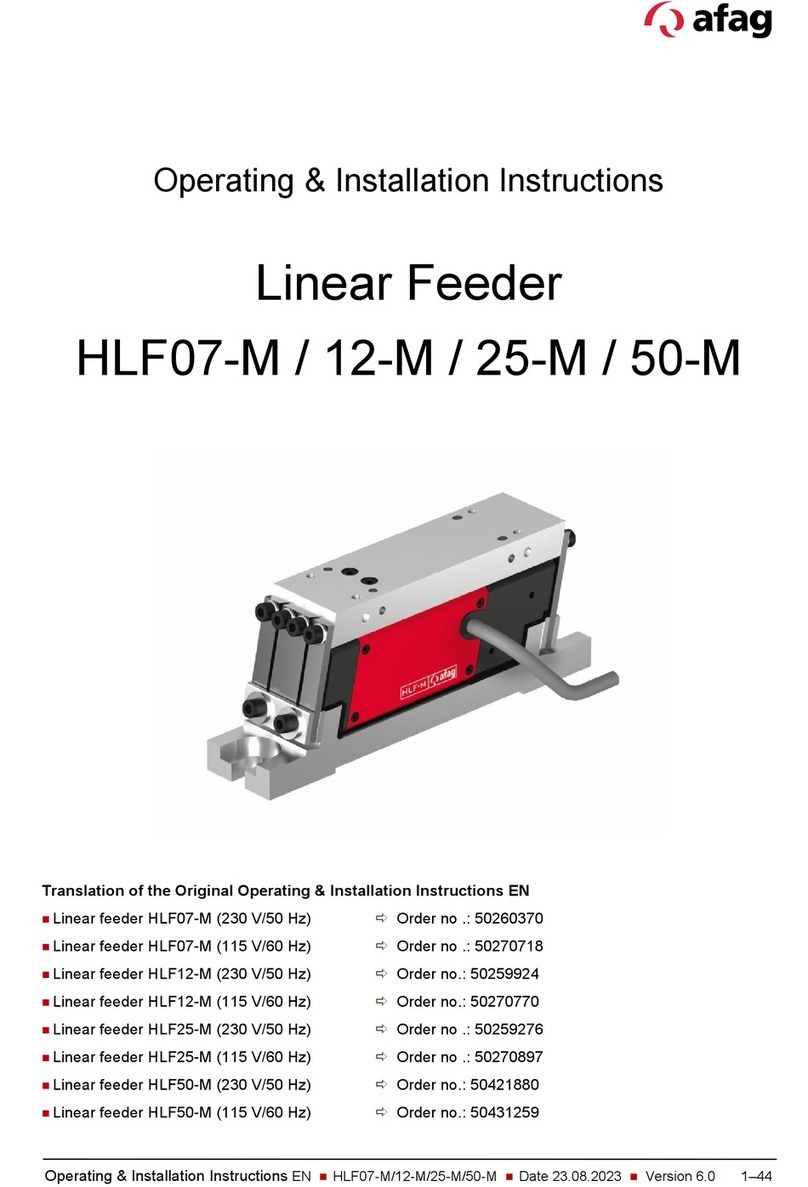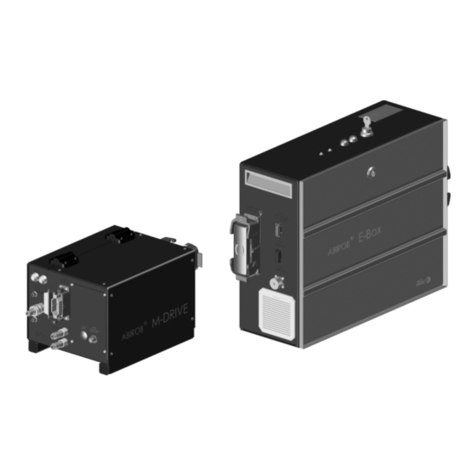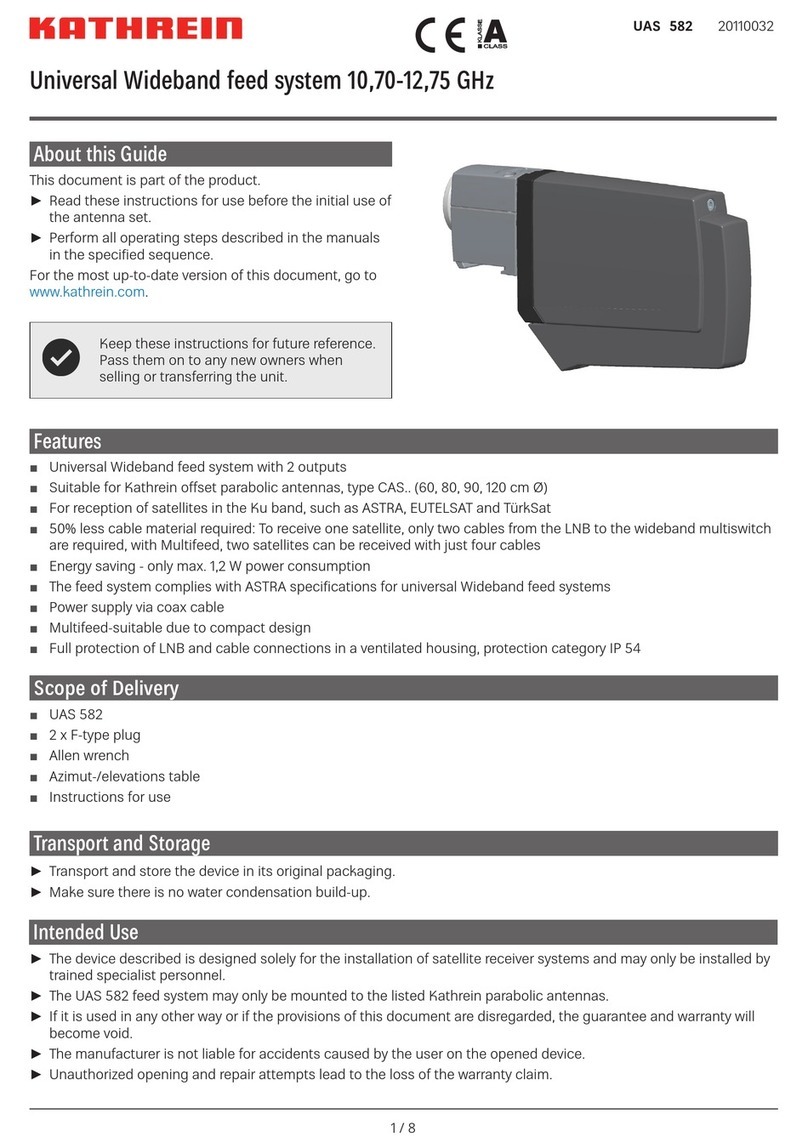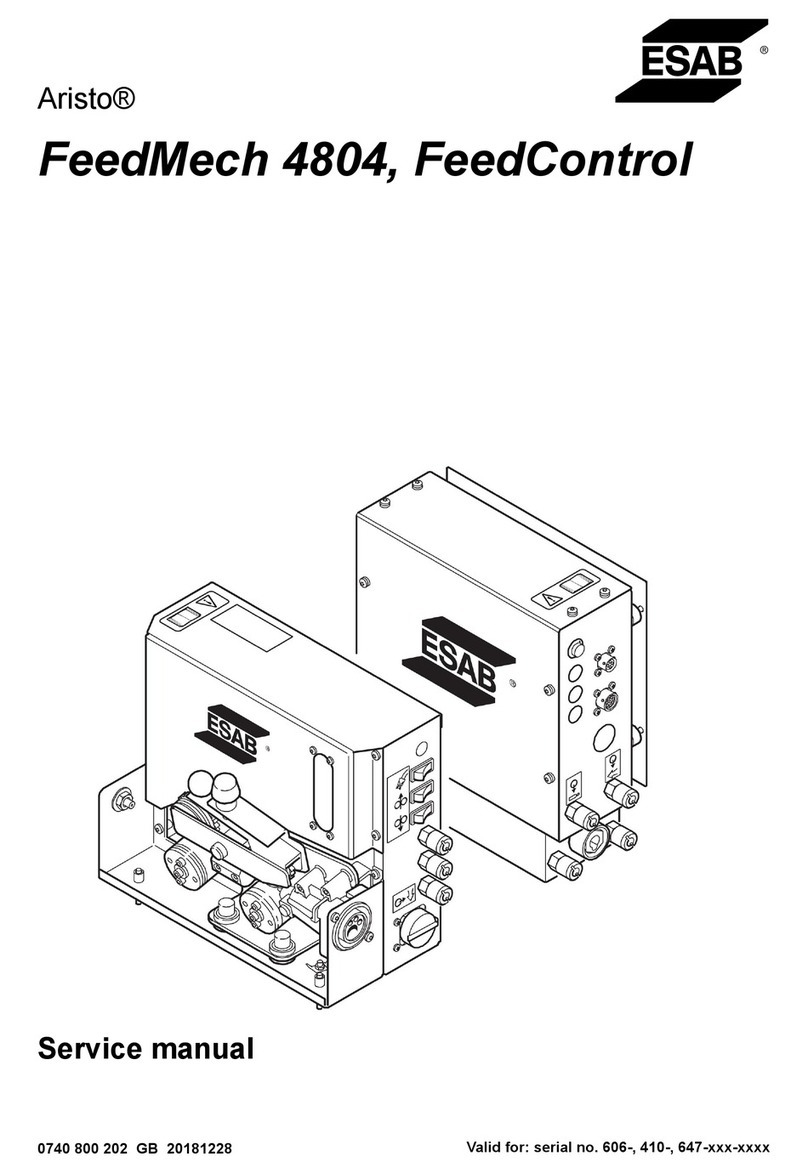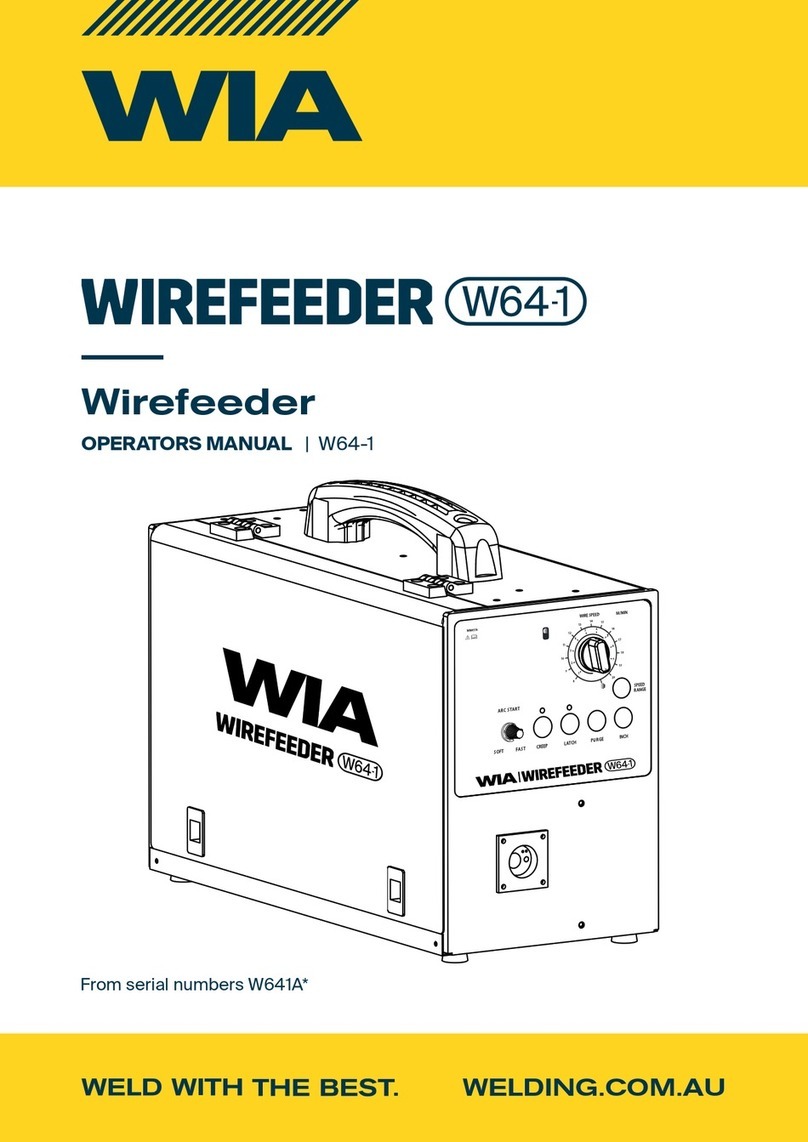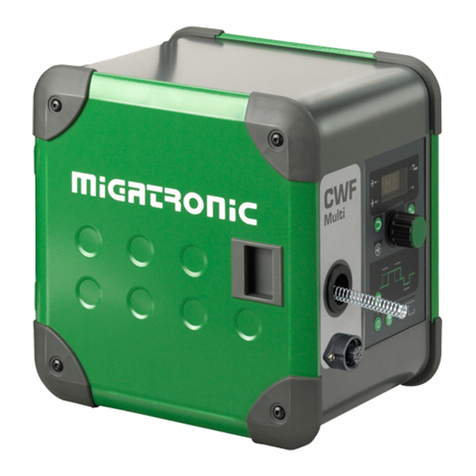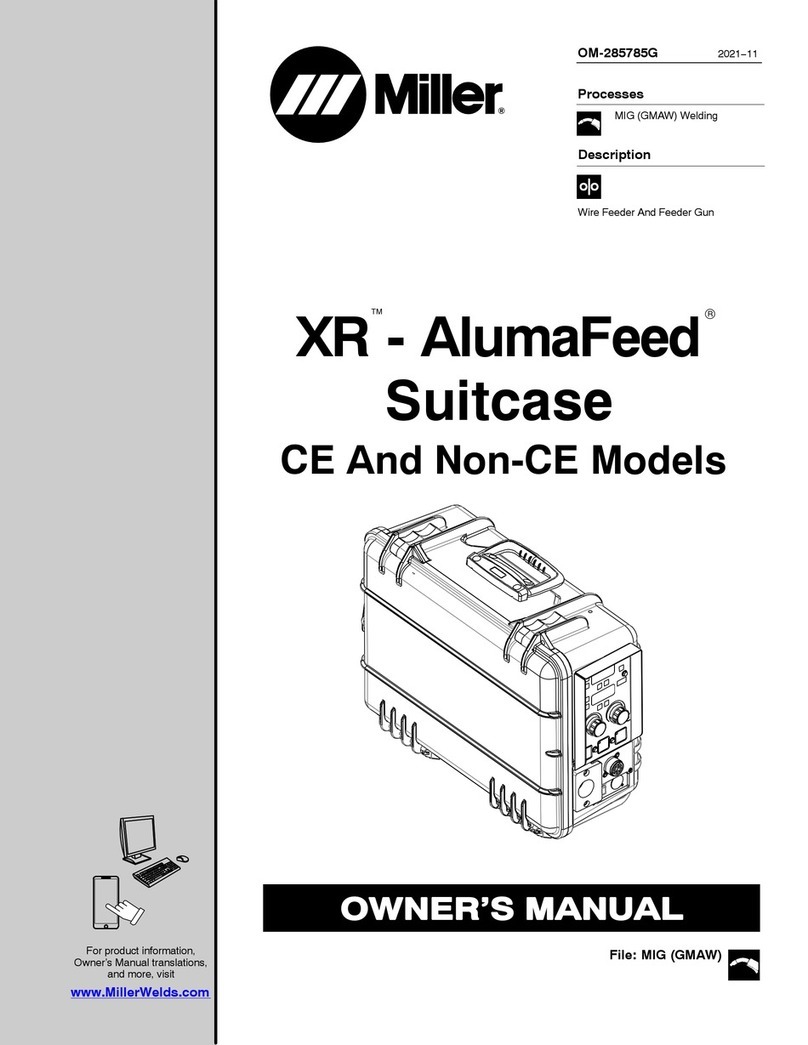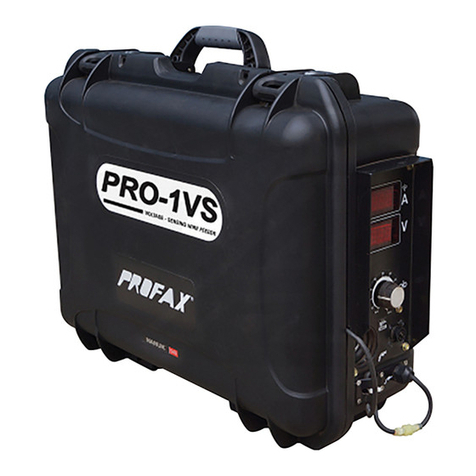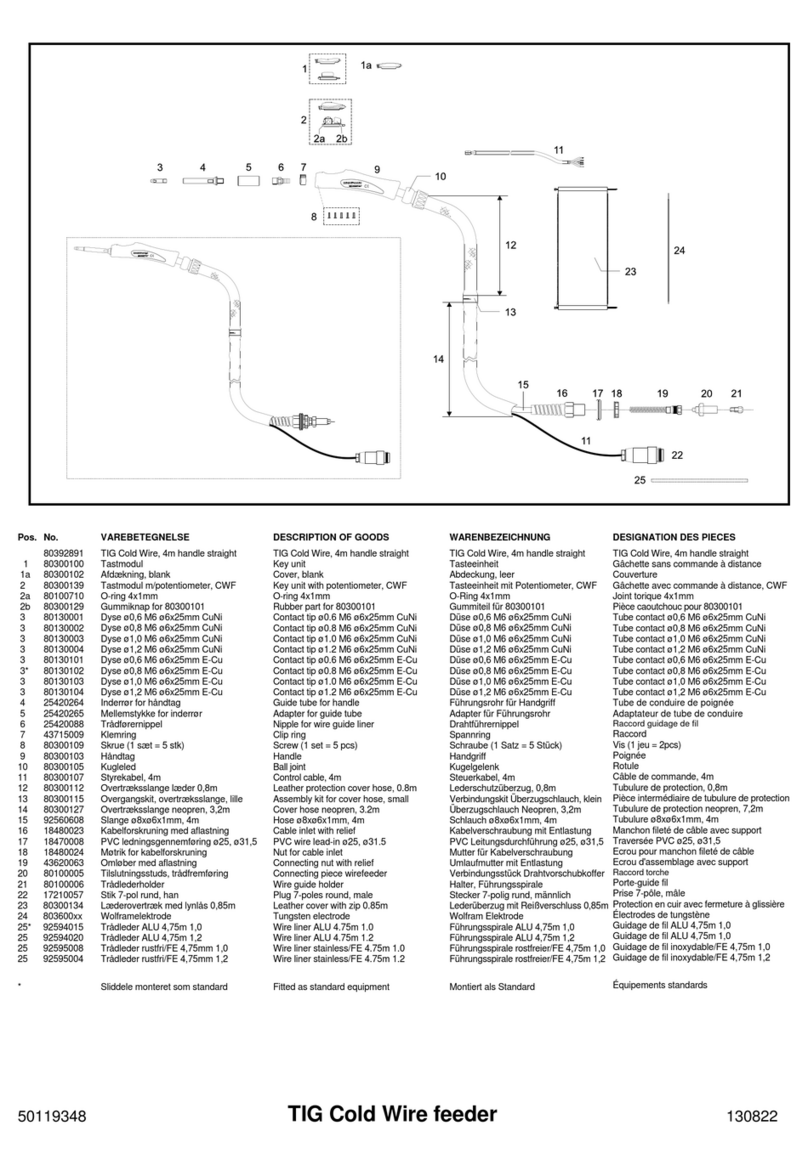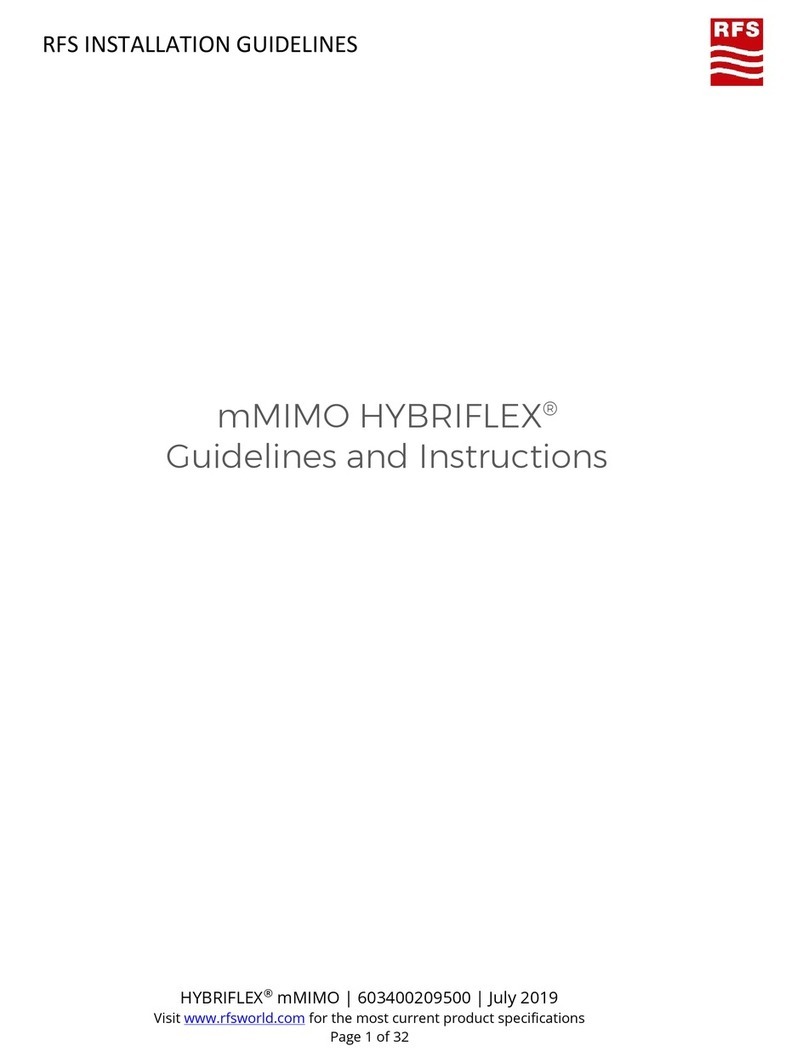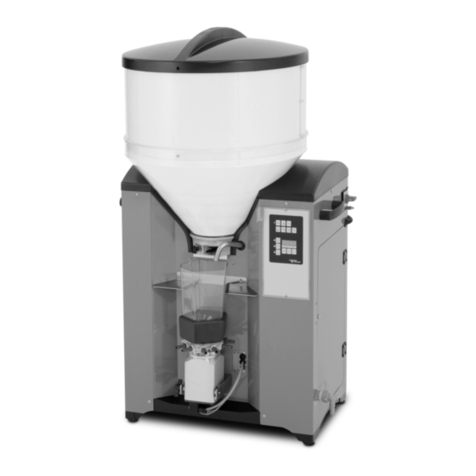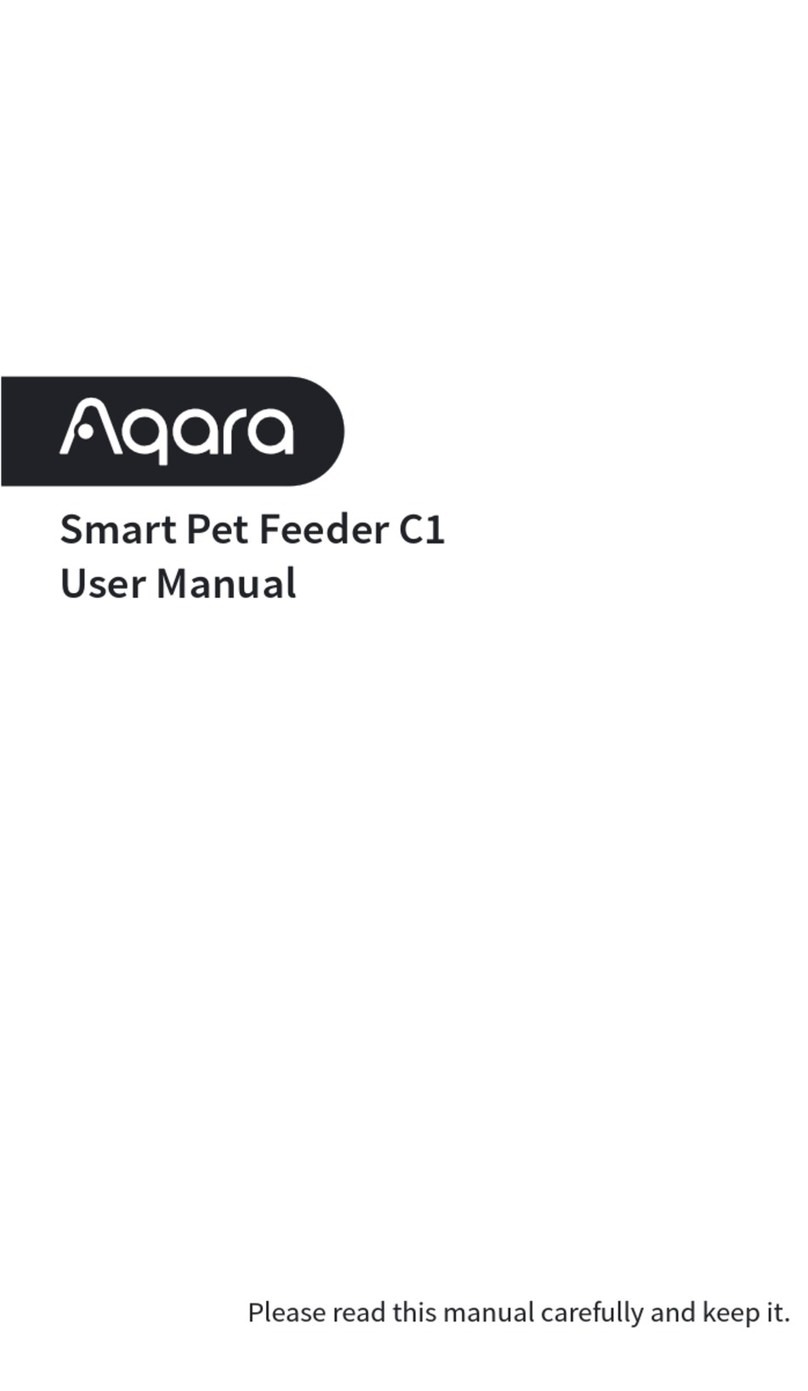R05.0 16/05/2019 Page 3
Table of contents:
1Safety instructions ................................................................................................. 4
1.1 Explanation of symbols and notes ............................................................................................................ 4
1.2 Basic safety information ........................................................................................................................... 5
1.2.1 Electrical hook up ............................................................................................................................ 5
1.2.2 Specific danger points ..................................................................................................................... 6
1.3 Intended use ............................................................................................................................................. 6
1.4 Notes for Pacemakers and Defibrillators .................................................................................................. 7
2Description of the device....................................................................................... 8
2.1 General ..................................................................................................................................................... 8
2.2 Functional description............................................................................................................................... 8
2.3 Technical data........................................................................................................................................... 9
3Assembly instructions......................................................................................... 11
3.1 Transport ................................................................................................................................................ 11
3.2 Installing the unit .................................................................................................................................... 11
3.3 Mounting of the useful mass .................................................................................................................. 12
3.3.1 General.......................................................................................................................................... 12
3.3.2 Mounting a linear track................................................................................................................. 12
3.4 Power supply........................................................................................................................................... 14
4Operating instructions......................................................................................... 15
4.1 Feeder track design................................................................................................................................. 15
4.2 Balance of weights.................................................................................................................................. 15
4.3 Fine adjustment of natural frequency..................................................................................................... 16
4.4 Setting the air gap .................................................................................................................................. 18
4.5 Torques ................................................................................................................................................... 19
5Maintenance Instructions .................................................................................... 20
5.1 Troubleshooting ...................................................................................................................................... 20
5.2 Wear parts and spare parts .................................................................................................................... 23
6Accessories .......................................................................................................... 24
6.1 Mounting parts ....................................................................................................................................... 24
6.2 Adjustment aids ...................................................................................................................................... 24
6.3 Control device ......................................................................................................................................... 25
6.4 Ordering address .................................................................................................................................... 26
7Disposal ................................................................................................................ 26
